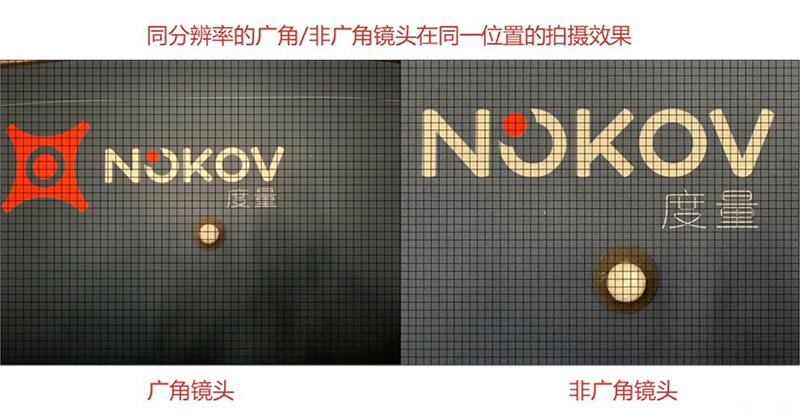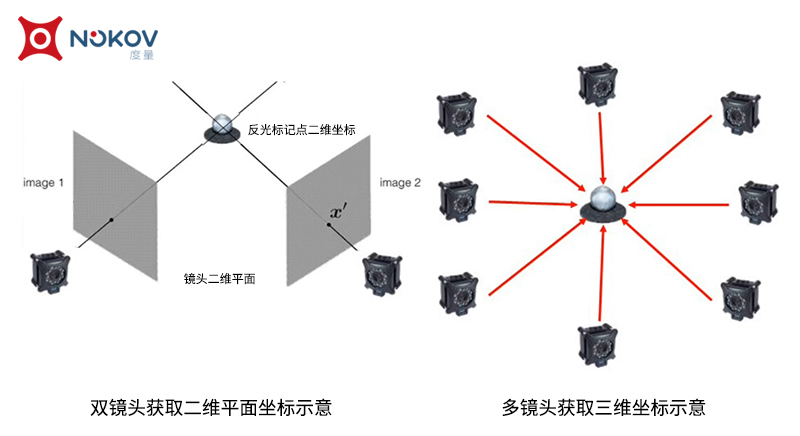Optical motion capture systems use infrared optical cameras as their core product to capture 3D spatial coordinates of reflective markers on the surface of the located object. The data precision can reach sub-millimeter levels, making it a highly accurate indoor positioning solution.
In various practical applications, it is necessary to acquire a range of data types including velocity, acceleration, and six degrees of freedom in attitude. These data are derived computationally from raw positioning data captured by the system. Therefore, understanding the critical factors that influence the accuracy of data from optical motion capture systems is essential.

1 Camera Resolution
Reflected markers captured in the camera's view are presented as pixels, with each marker's center point extracted as a pixel image to obtain its two-dimensional coordinates. The more circular the shape of a point in the camera's view, the more accurately its extracted center coordinate will be.

As shown in the figure, the high-resolution camera captures reflective markers with a greater number of pixels, making the pixel shape more circular compared to the low-resolution camera, thus allowing for more precise extraction of the center points of the pixel shapes.
Therefore, compared to a camera with a resolution of 1.3 megapixels, a camera with a resolution of 12 megapixels will capture data with higher precision under other equal conditions.
Camera FOV (Field of View)
The lenses can be classified into wide-angle and non-wide-angle types. Compared to non-wide-angle lenses, wide-angle lenses have a broader field of view but a shorter visual range, while non-wide-angle lenses have a narrower field of view but a longer visual range.

As shown in the figure, compared to the narrow field of view of the non-wide-angle lens on the right, the field of view of the wide-angle lens on the left is broader. However, a reflective marker occupies fewer pixels, resulting in lower data precision than the right lens.
NOKOV is a leading motion capture system provider, currently engaged in in-depth collaboration with multiple universities in the field of biomimetic flapping-wing flyers.
3 System Calibration Quality
A critical purpose of calibrating an optical motion capture system is to determine the relative positions between each camera, establishing the relationship between the camera coordinate system and the global coordinate system. This is a preparatory step for acquiring 3D coordinate data. The standardization of calibration procedures during the learning process of the motion capture system directly impacts the final data collection outcome.
4 Number of cameras
In an optical motion capture system, each camera captures a reflective marker to obtain a two-dimensional coordinate. The 2D coordinate data gathered by multiple cameras, combined with markers on each camera and a global coordinate system, are computed to deduce the three-dimensional coordinate data of the points.

The more cameras that view the same point, the more two-dimensional coordinate data on different planes are obtained, and the more precise the point's 3D coordinate data becomes as the camera planes intersect. However, when the number of cameras viewing the same point is insufficient, it can even lead to the loss of points. Therefore, the more cameras there are, the higher the precision and stability of the data obtained.